Top 10 Landscapes Resembling Alien Terrain
The Earth is home to some truly otherworldly landscapes that evoke the feeling of stepping onto an alien planet. From the vibrant colors of salt flats to the rugged formations of volcanic fields, these natural wonders showcase the planet's diversity and beauty. Here are ten landscapes that seem to belong to a realm beyond our own, inviting curiosity and exploration.
One of the most striking examples is the Badlands National Park in South Dakota, where eroded buttes and pinnacles create a surreal, colorful canvas. The unique geological formations, combined with the stark contrasts of light and shadow, offer a landscape that feels both ancient and extraterrestrial. Similarly, the Danakil Depression in Ethiopia presents a vivid palette of sulfur springs, salt flats, and volcanic craters, showcasing extreme conditions that resemble the surface of Mars. The otherworldly terrain of Antelope Canyon in Arizona, with its wave-like sandstone formations, creates an ethereal atmosphere, especially when illuminated by sunlight. Other notable landscapes include the Moon Valley in Chile, known for its bizarre rock formations and lunar-like surface, and the Giant's Causeway in Northern Ireland, with its striking hexagonal basalt columns. These places, along with the colorful Painted Hills of Oregon and the striking landscapes of Socotra Island, demonstrate nature's incredible ability to craft environments that seem almost beyond imagination, making them perfect destinations for those seeking the extraordinary.

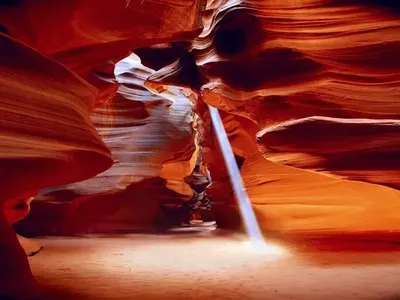 View All
View AllAntelope Canyon - Antelope Canyon: Stunning slot canyon shaped by erosion.

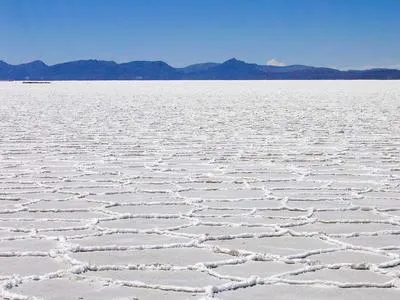 View All
View AllSalar de Uyuni - World's largest salt flat, stunning mirror effect.

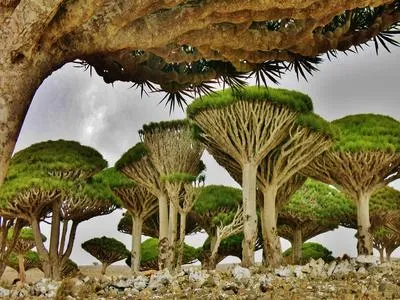 View All
View AllSocotra Island - Unique flora, otherworldly landscapes, isolated biodiversity hotspot.

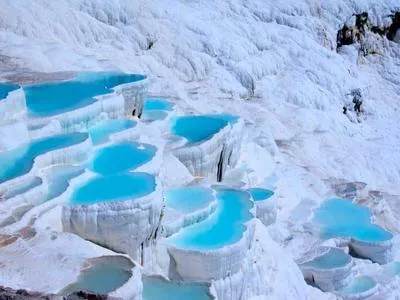 View All
View AllPamukkale - Breathtaking white travertine terraces, thermal mineral-rich waters.

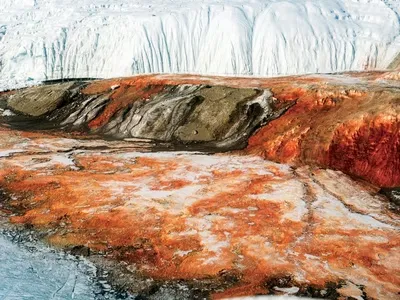 View All
View AllBlood Falls - Red water flowing from Antarctica's Taylor Glacier; surreal landscape.

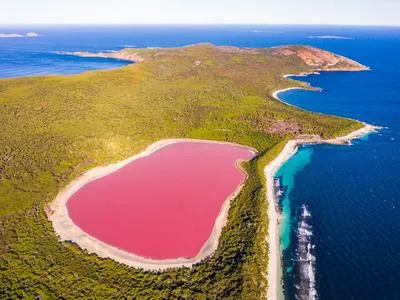 View All
View AllLake Hillier - Vibrant pink lake on Middle Island, Australia’s Recherche Archipelago.

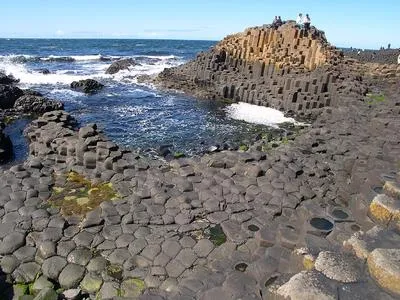 View All
View AllGiant's Causeway - Unique basalt columns, stunning coastal formation, natural wonder.

 View All
View AllThe Wave - Unique rock formation resembling extraterrestrial landscapes in Arizona.

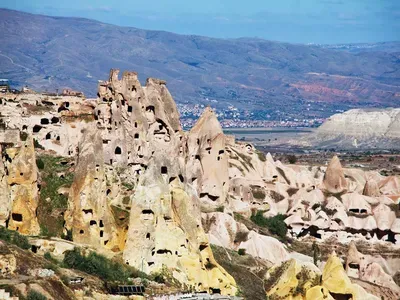 View All
View AllCappadocia - Bizarre rock formations and fairy chimneys in Turkey.

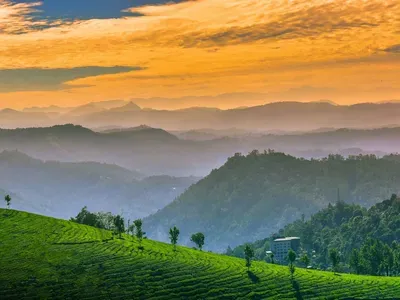 View All
View AllMunnar - Munnar: Lush tea gardens, misty hills, surreal landscapes.
Top 10 Landscapes Resembling Alien Terrain
1.
Antelope Canyon
Pros
Stunning sandstone formations
Vibrant light beams create magical scenes
Accessible year-round
Unique photography opportunities
Rich Native American history
Cons
Crowded with tourists
limited accessibility for mobility-impaired
expensive guided tours
seasonal flash floods risk
strict photography regulations.
2.
Salar de Uyuni
Pros
Stunning mirror effect during rainy season
Unique biodiversity with endemic species
Rich cultural heritage of local communities
Ideal for photography enthusiasts
Accessible for adventure tourism experiences.
Cons
Extreme altitude can cause altitude sickness
Limited accessibility and remote location
Harsh weather conditions
Risk of flooding during rainy season
Tourist crowds can diminish experience.
3.
Socotra Island
Pros
Unique biodiversity
stunning landscapes
endemic species
rich cultural heritage
remote and tranquil environment.
Cons
Limited infrastructure for tourists
challenging access due to isolation
extreme weather conditions
potential for natural disasters
fragile ecosystem threats.
4.
Pamukkale
Pros
Breathtaking white travertine terraces
Thermal mineral-rich waters
Unique geological formations
UNESCO World Heritage Site
Stunning visual contrast with surrounding landscape.
Cons
Overcrowded tourist destination
potential environmental degradation
high temperatures in summer
accessibility issues for some visitors
limited accommodation options.
5.
Blood Falls
Pros
Unique iron-rich water creates striking red color
Fascinating scientific interest in microbial life
Stunning contrast against white glaciers
Accessible for adventurous travelers
Highlights Earth's extreme environments and climate change.
Cons
Limited accessibility for visitors
harsh weather conditions
potential environmental impact
misconceptions about its formation
and fragile ecosystem.
6.
Lake Hillier
Pros
Unique pink color due to algae
Stunning contrast with surrounding blue ocean
Accessible for adventurous travelers
Surrounded by beautiful forests
Popular for photography and social media.
Cons
Limited accessibility
remote location
difficult to reach
potential environmental hazards
fragile ecosystem.
7.
Giant's Causeway
Pros
Unique hexagonal basalt columns
breathtaking coastal views
rich geological history
UNESCO World Heritage Site
diverse wildlife and flora.
Cons
Crowded with tourists
Limited accessibility for some visitors
Weather can be unpredictable
Potentially slippery surfaces
Entry fees for certain areas.
8.
The Wave
Pros
Breathtaking geological formations
Unique wave-like patterns
Vibrant colors and textures
Accessible hiking trails
Stunning photography opportunities.
Cons
Limited accessibility due to remote location
overcrowding during peak seasons
erosion risks from foot traffic
weather-dependent visibility
restricted photography areas.
9.
Cappadocia
Pros
Breathtaking fairy chimneys
Unique rock formations
Rich historical heritage
Hot air balloon experiences
Stunning sunset vistas.
Cons
Crowded tourist spots
Limited accessibility in winter
Expensive accommodations
Environmental degradation
Over-commercialization of local culture.
10.
Munnar
Pros
Stunning tea plantations
Unique misty hills
Diverse flora and fauna
Picturesque waterfalls
Serene climate year-round.
Cons
Crowded tourist spots
limited accessibility
unpredictable weather
high accommodation costs
environmental concerns due to tourism.
Similar Topic You Might Be Interested In
- Top 10 Ancient Ruins Hidden in the Jungle
- Top 10 Archaeological Sites Rediscovered in the Last Century
- Top 10 Roman Amphitheaters Outside Italy
- Top 10 Stone Circles Older Than Stonehenge
- Top 10 Historic Villages Preserved in Time
- Top 10 Viking Sites and Relics in Europe
- Top 10 Medieval Castles Built on Cliffs
- Top 10 Fortified Cities from Ancient Civilizations
- Top 10 Famous Battlefields to Visit
- Top 10 Best-Preserved Medieval Walled Towns